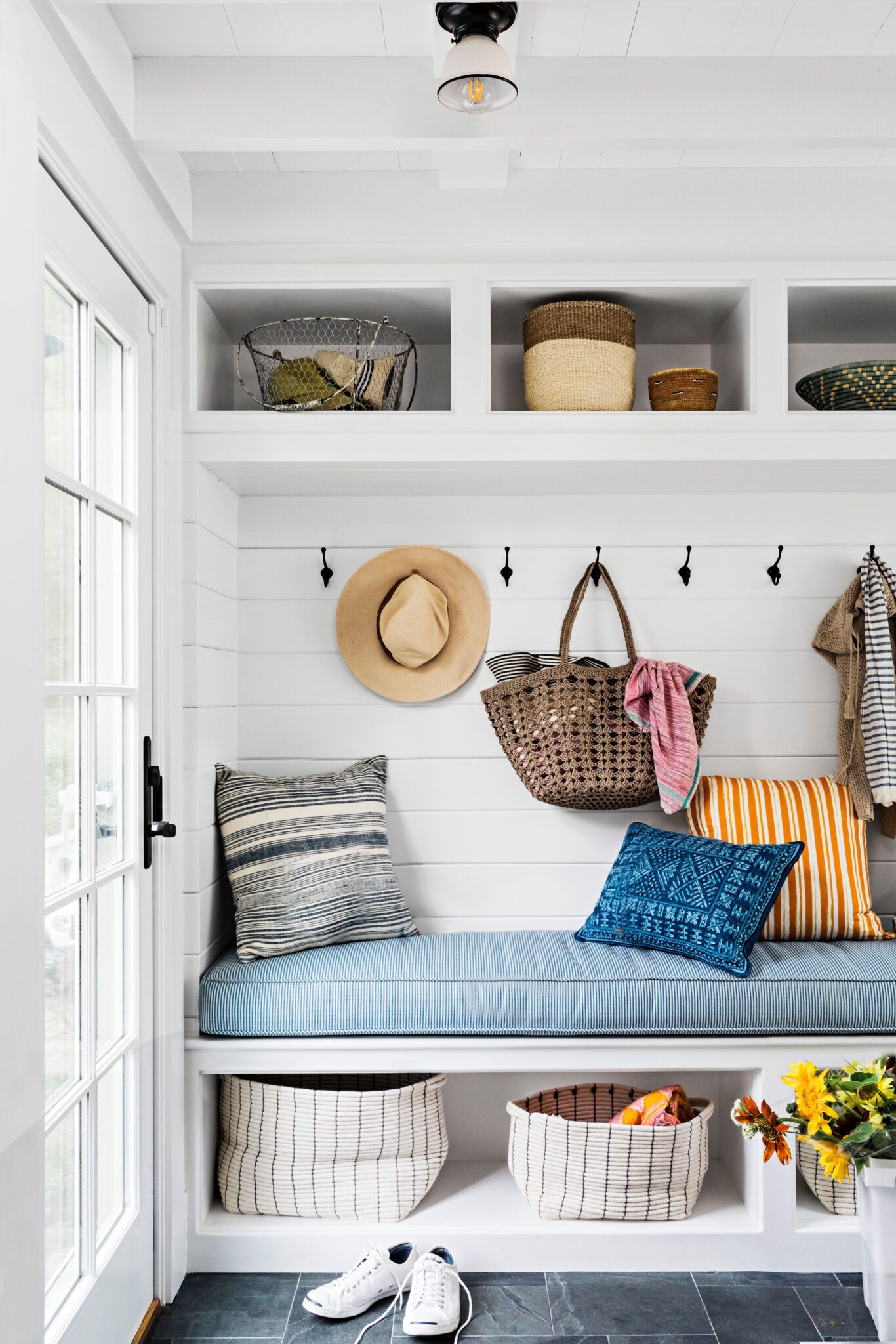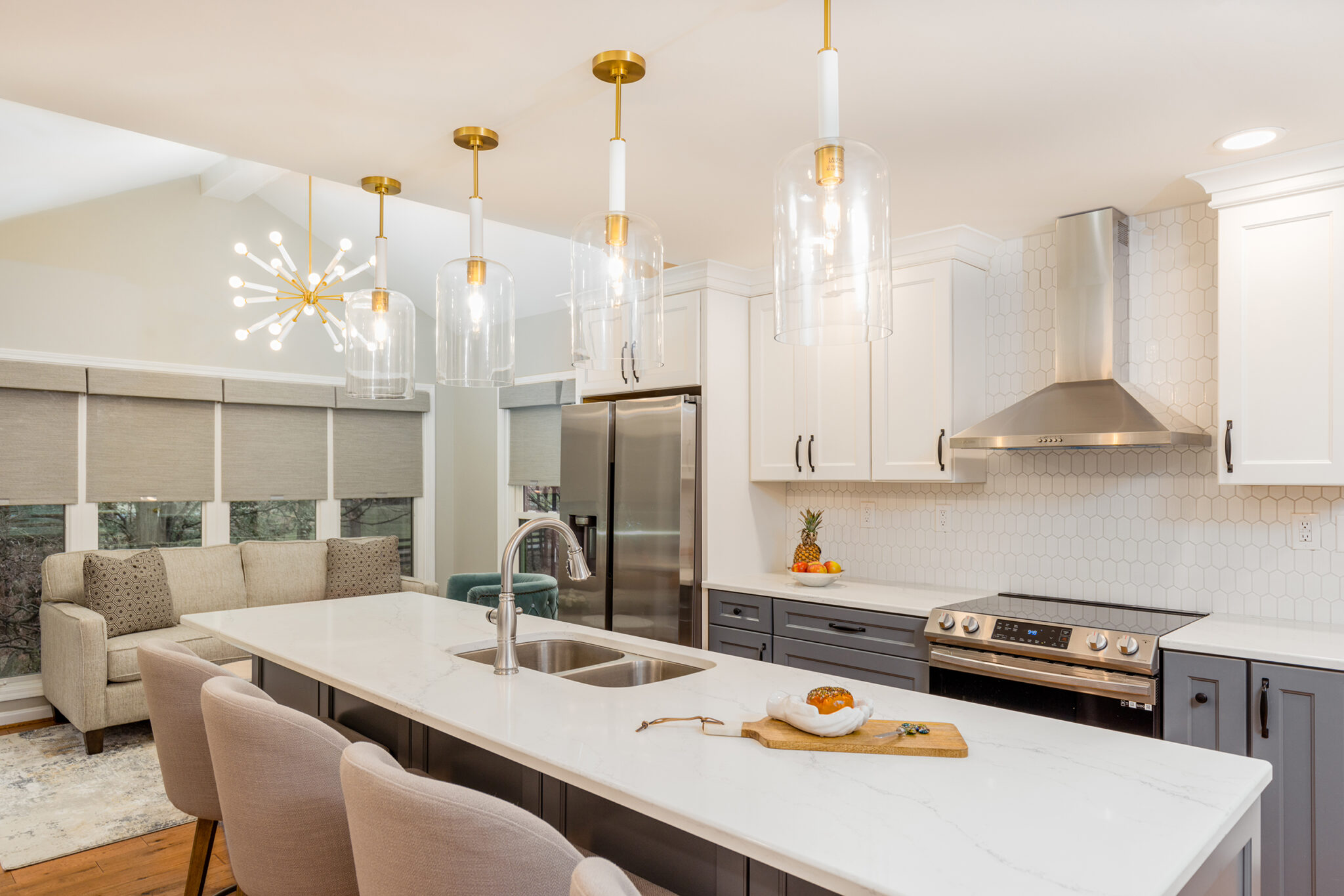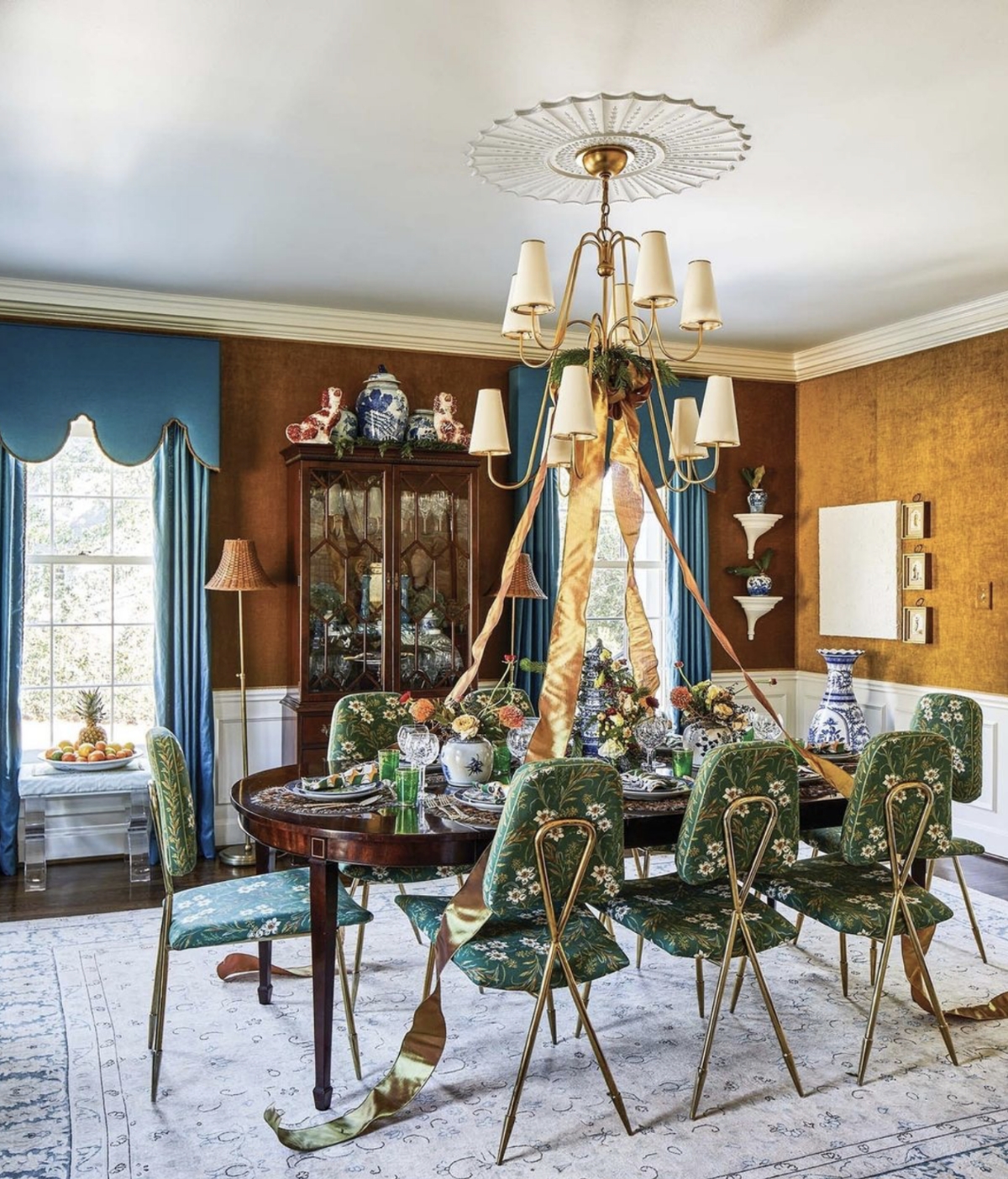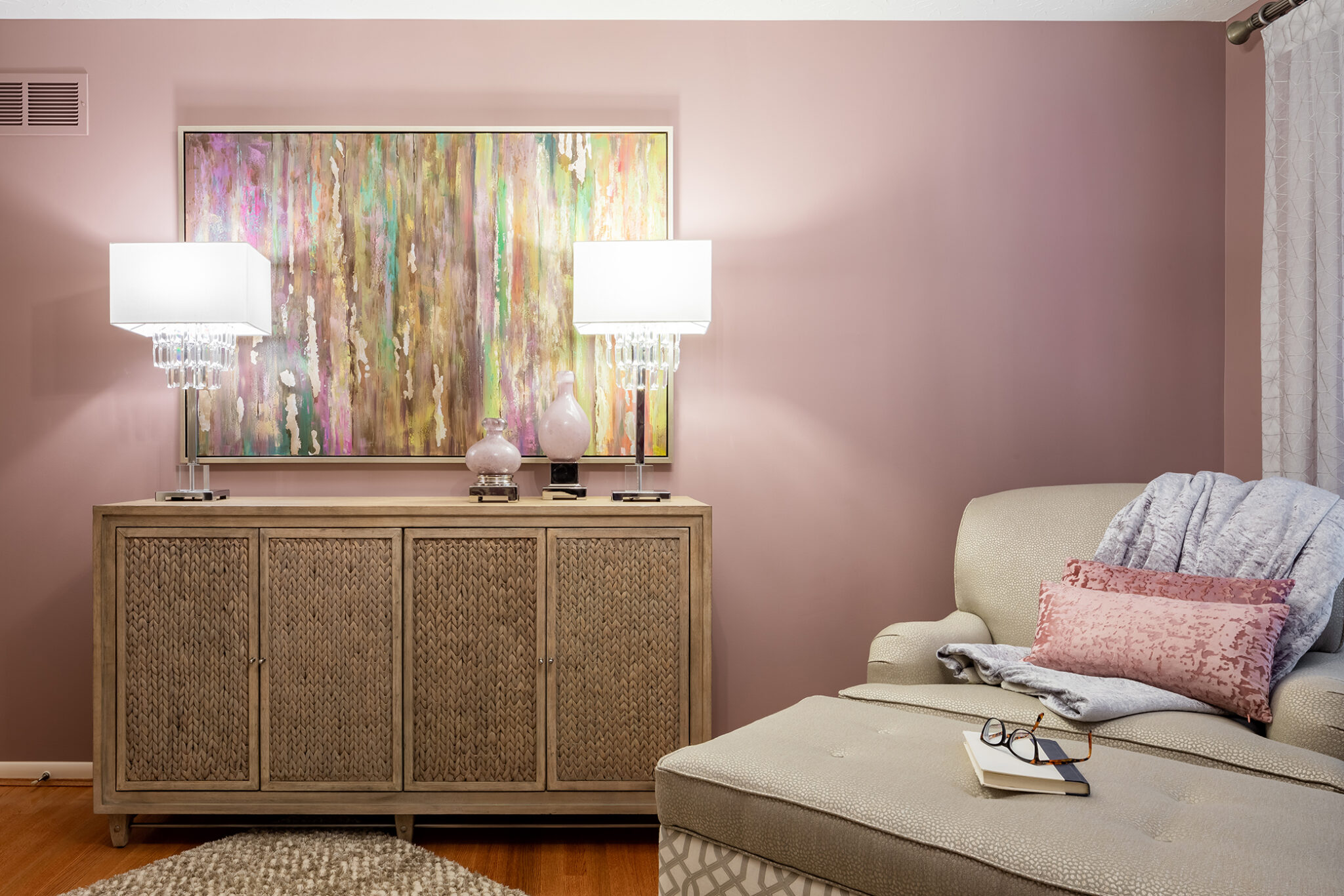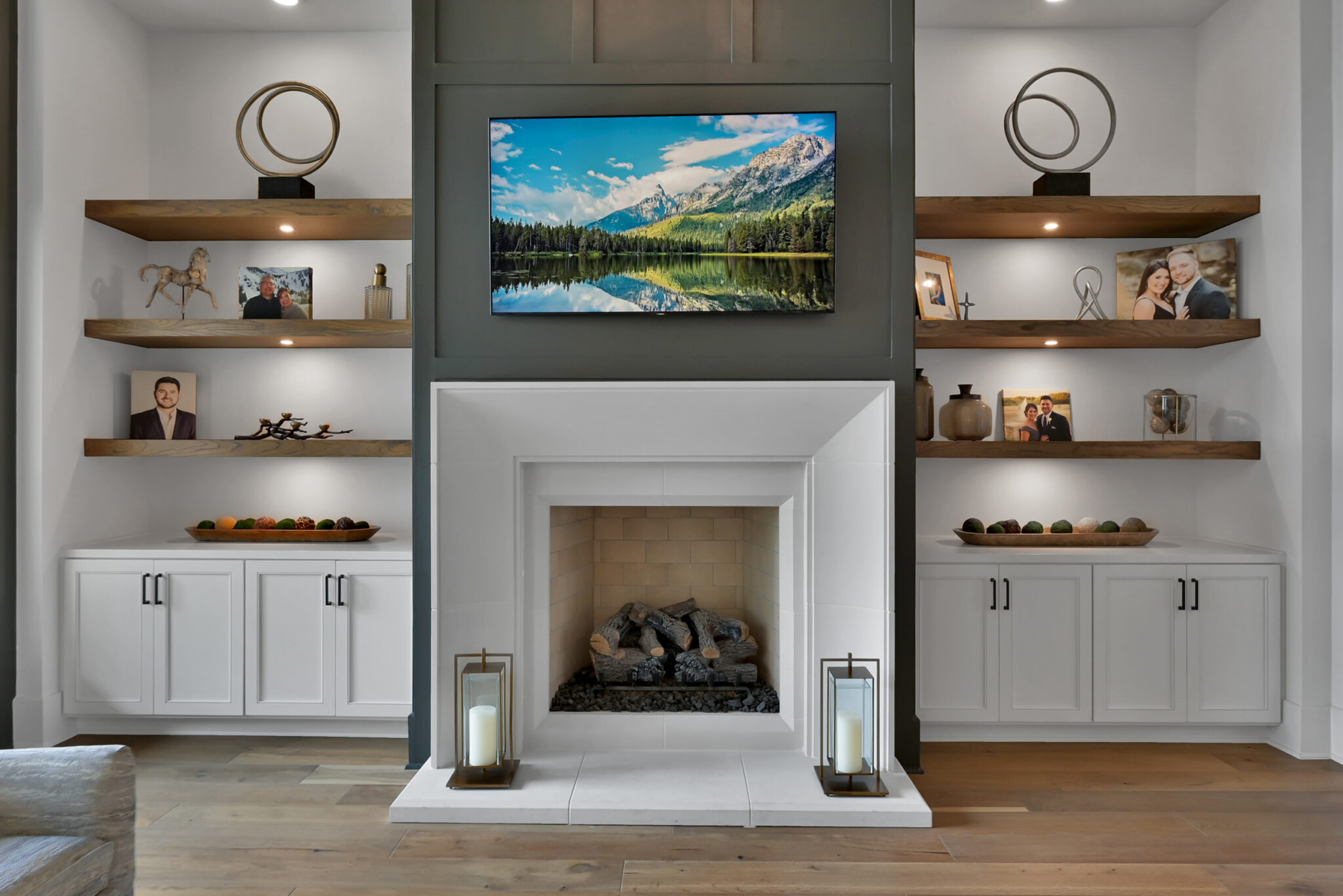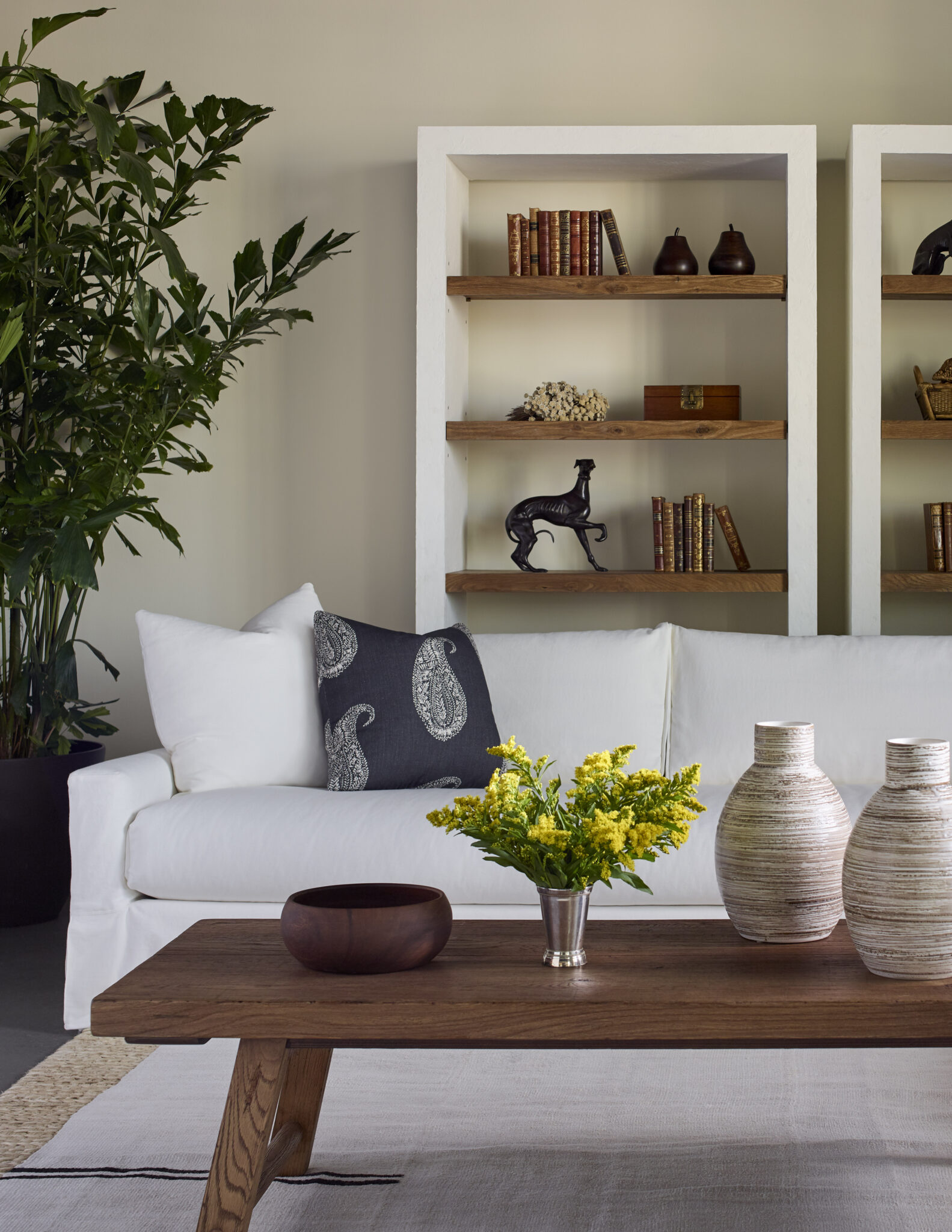
- Selecting a primary color for your space is essential as it establishes the room’s ambiance and can range from serene to energetic depending on the chosen hue.
- Patterns contribute to the room’s personality and should be mixed with solid colors for balance; the primary pattern sets the tone, while secondary patterns should complement it without dominating.
- Colors and patterns extend beyond walls and fabrics, influencing furniture and accessories; experimenting with these elements reflects personal style and helps create a distinctive and harmonious living space.
Colors and patterns can transform your living space in unique ways. Understanding color theory and pattern application informs your design choices. It creates a striking balance between aesthetics and functionality. When you grasp the emotions colors evoke, you can tailor your space to embody your desired atmosphere. For example, blues induce calmness, yellows inspire cheerfulness, and reds ignite passion. By strategically selecting a color scheme, you can create a soothing oasis, a vibrant social space, or a productive work area.
Patterns, like colors, play a crucial role in interior design. They hold the power to add an exciting visual interest, breaking up monotony and tying varying elements together. Patterns can range from bold to subtle, modern to traditional, geometric to floral. The trick lies in finding a harmonious balance that enhances your overall design without overwhelming it.
Mastering Color Schemes and Patterns in Transitional Interior Design

Choosing Your Base Color
The first step in color schemes involves choosing your base color. This dominant color sets the tone for the room. It’s crucial to consider the mood you want to create. This could be a serene bedroom, a vibrant living room, or a cool, calm office space. Once you decide on your base color, you can start building your color scheme around it.
Complementary Colors
Consider the color wheel when selecting complementary colors. Colors sitting directly opposite each other on the wheel are complementary and work well together. This choice will lend a bold and vibrant look to your space.
Role of Neutrals

Neutrals play an important part in your color scheme. They provide a calming backdrop and help balance out more vibrant hues. Neutrals can ground your design and prevent it from becoming too overwhelming.
Playing with Patterns
Patterns add personality and depth to your space. In transitional design, patterns often draw from both traditional and modern styles. Always remember to balance your patterns with solid colors to avoid a chaotic look. The next section will delve into how to effectively mix and match patterns.
Infusing Personality with Color Schemes and Patterns

Choosing the Primary Pattern
Your color scheme is in place, so now, it’s pattern time. Countless patterns are available, but remember, each space will not work with every pattern. The pattern’s scale should correspond to the room’s scale. A large, bold pattern may suit a spacious living room, but could overpower a small bathroom.
Setting the Tone with a Primary Pattern
Begin by selecting a primary pattern to take center stage. This could be an eye-catching wallpaper, a patterned rug, or even a striking piece of art. Once you’ve selected your primary pattern, it will dictate the room’s overall mood and aesthetic.
Selecting Complementary Secondary Patterns
With your primary pattern in place, it’s time to pick secondary patterns that complement it. These patterns should be less dominant, subtly tying in with the colors in your primary pattern. They serve to enhance the room’s depth, creating a rich and cohesive visual experience.
Subtle Statements: The Power of Understated Patterns
Patterns don’t always have to shout to be heard. Even subtle patterns can make a statement, adding depth and interest to a room. They can be instrumental in creating an engaging, layered aesthetic that is both inviting and intriguing.
Transitioning to the Next Element
Now that you’ve mastered the art of playing with color schemes and patterns, it’s time to explore the next element in interior design: texture. Just as patterns and colors work to define a space, textures can add an exciting new dimension to your rooms.
Unleashing Personality with Color Schemes and Patterns
Color Play in Furniture and Accessories
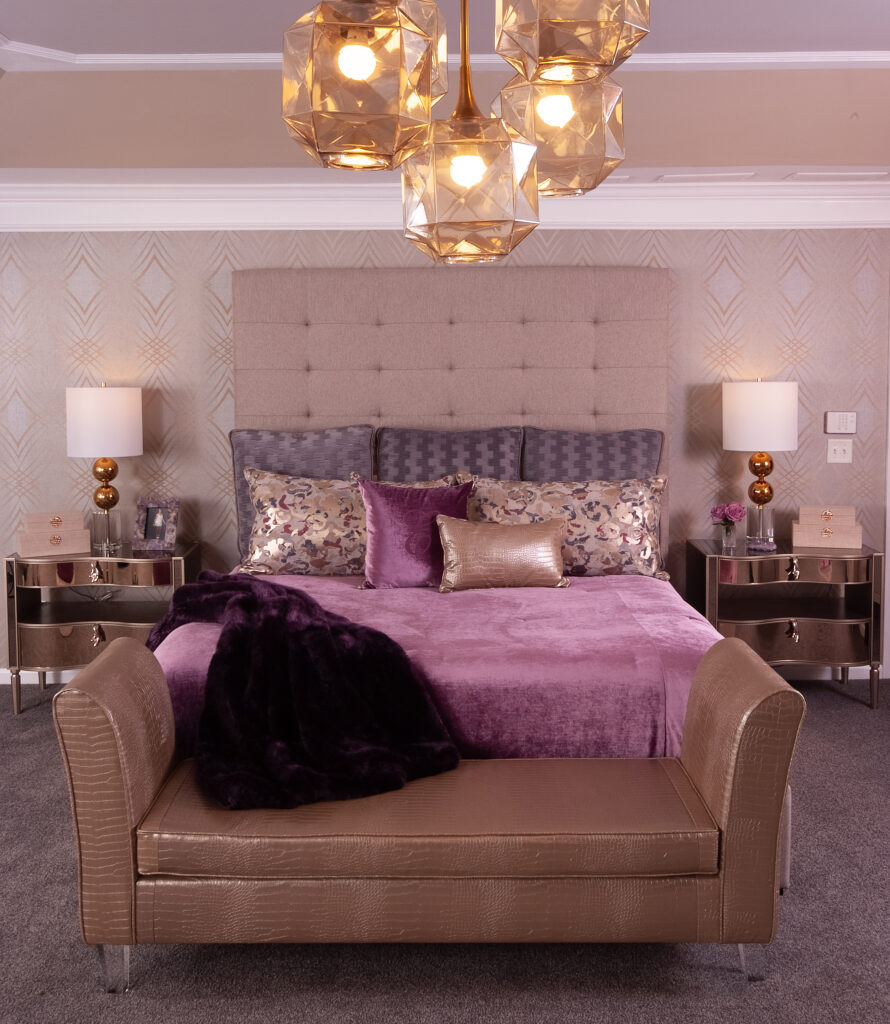
Colors and patterns are not confined to fabrics and paint. Furniture and accessories can also play this role. For example, an accent chair in a complementary hue can serve as a room’s focal point.
Patterned Rugs
A patterned rug can unite various elements within the room. This piece can either subtly blend or boldly contrast, either way, it adds dimension.
The Power of Texture
Texture brings additional visual richness to your room. A velvet sofa, a jute rug, or a glossy ceramic lamp can all contribute to this. Mixing varied textures can yield a balanced and layered look.
Personal Style and Experimentation
Your color scheme and patterns should echo your personal style. Don’t hesitate to break conventional norms. Experiment with different combinations until you stumble upon the look that resonates with you.
Transitioning with Color and Pattern
Transitional design bridges the gap between different styles, and color schemes and patterns play a crucial role. Next, we’ll explore how to harmonize these elements to create a cohesive transitional design.
Infusing Personality with Color Schemes and Patterns

Artwork as a Color and Pattern Playground
Artwork stands as a fantastic medium for color and pattern experimentation. It lets you introduce fresh hues or designs without a major overhaul. Moreover, artwork offers flexibility, as it can be swapped out as your preferences evolve.
Selecting Complementary Artwork
When hunting for artwork, aim for pieces that harmonize with your color scheme and patterns. Perfect matching isn’t necessary; in fact, a touch of contrast can be beneficial. An artwork with a bold, contrasting color or pattern can serve as a room’s focal point.
Considerations for Artwork Size and Placement
The size of your artwork carries substantial weight. A large piece can make a bold statement, but its impact relies heavily on proper placement and height.
Choosing the Right Artwork Size
Size plays a crucial role in artwork selection. A hefty piece can certainly captivate, but it also needs to harmonize with the room’s scale. Be sure to pick an artwork size that complements the room’s proportions.
Strategic Artwork Placement

Placement is as pivotal as size when it comes to artwork. Positioning at the correct height and location can significantly boost the artwork’s impact. Consider the room’s layout and furniture arrangement for optimal results.
As we move onto the next section, let’s delve deeper into the role of furniture in enhancing room personality.
Harmonizing Color Schemes and Patterns with Lighting

Understanding the Impact of Lighting on Color Perception
Colors and patterns gain life through lighting. Light sources can significantly change how we perceive them. Natural light reveals the truest color, while artificial light can cast various hues.
Maximizing Natural Light
Harness the magic of natural light to illuminate your design. Ensure window areas remain clear to allow an unimpeded flow of sunlight. This will amplify the vibrancy of your chosen color schemes and patterns.
Choosing the Right Artificial Light
Artificial light also has its role in enhancing your design. Pay attention to the color temperature of your bulbs. Warm light boosts the intensity of warm colors like reds, oranges, and yellows. Conversely, cool light augments the appeal of blues, greens, and purples.
Integrating Accent Lighting
Accent lighting is a fantastic tool to spotlight specific areas or elements in a room. For example, a textured wall or a piece of art. This technique adds depth and interest, bringing a new dimension to your space.
Transitioning to the Next Topic
Now that we’ve explored the interplay between color schemes, patterns, and lighting, let’s delve into the next topic. We’ll investigate how to use different materials and textures to add layers of sophistication to your design.
Unleashing Your Inner Designer
Exploring varied color schemes and patterns in your rooms infuses them with life and personality. Get in touch if you need expert guidance on where to begin. Your understanding of basic color theory and pattern use will help you craft visually captivating, harmonious spaces that are true to your style.
There is no definitive blueprint for design. The most enchanting spaces are the ones that bring you comfort and joy. Therefore, feel free to experiment, bend the rules, and design a home that is distinctly yours.
May these guidelines inspire you to delve into the world of color and pattern in your home. Enjoy the process of decorating! Remember, if you need further inspiration or tips, you can sign up for my newsletter. Happy designing!



